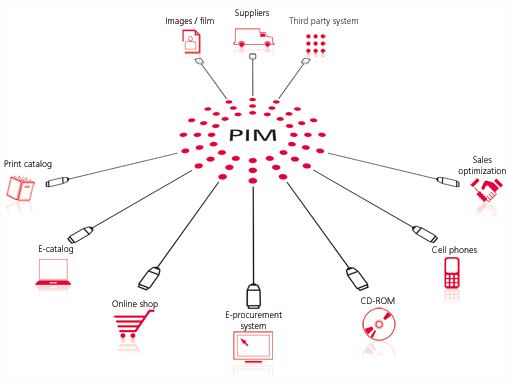Being a multichannel retailer can open up a lot of opportunities – improved customer loyalty and retention, competitive advantages, and increased overall sales and margins. But if not managed properly, multichannel selling can also become your worst nightmare. Angry customers, inefficient processes, and lost profits – doesn’t sound too good, does it? The following tips will help keep your multichannel experience a pleasant one!
Not all channels are created equal
Every channel is different, and with that comes different strengths and weaknesses. Just because print catalogs work great for some companies doesn’t mean you’ll necessarily get the same results. Analyze many different sales channels to find the ones that your business is the most compatible with.
It’s also vital to keep in mind the types of products you sell, and your target audience. For example, if you sell books, an Amazon store would be right up your alley. If your target market consists of seasoned business professionals, you may want to steer clear of social commerce as a channel option. You get the idea, right?
As you look to expand your company’s presence, it makes sense to think about channels you might already have experience with or the ones you’ve had success with. For example, let’s say you’re already sell your products through an online marketplace like Amazon. You’ve had a lot of success with this particular sales channel, and being the smart multichannel retailer you are, you’re ready to take on another one. Because you’ve been so successful listing products alongside your competitors online, the reasonable decision would be to check out other online marketplaces, like eBay.
Stay consistent
The biggest challenges associated with multichannel retailing stems from inconsistent data. Maintaining consistent pricing, product information, and branding across your channels directly affects your overall customer experience.
Example: A customer visits an online store to research a pair of shoes. On the product page, he finds high quality images, product information, and plenty of customer reviews. The next day, he decides he can’t possibly live without those shoes, so he goes back to the website to buy them. However, this time he uses his smartphone instead of his laptop. When he finds the product page on the mobile version of the online store, he’s surprised to find only one small, pixilated image and barely any product information. The mobile site doesn’t look remotely close to the website he was at yesterday! Since he’s not sure he’s in the right place and he doesn’t feel comfortable giving the shady mobile site his credit card information, he decides to look for the shoes somewhere else.
Don’t let this happen to you! Develop a plan that will allow you to maintain as much consistency as possible, so as customers encounter your brand within other channels, their experience is seamless and they feel comfortable buying from you at any touch point.
Think about scalability
Let’s face it, you venture into new sales channels to grow your business and ultimately make more money. Make sure you take that growth into consideration and think about the ability to scale processes as demand grows.
If not managed properly, entering into new sales channels could actually cause you to lose money (gasp!). Things might seem like they’re going great at first – but as sales and revenue increase, so does the amount of time and resources required to keep the business going. As more time goes on, these internal processes become so inefficient, they’re no longer viable.
This is where product information management (PIM) becomes increasingly important. Controlling all of your product data from one central source, then pushing it out into all of your sales channels becomes an invaluable tool for large multichannel retailers. Costs are cut, time-to-market is decreased, and revenues are increased. Sounds pretty good, right?
To learn more about how Product Information Management enables multichannel commerce, download the free white paper below!



Pingback: Best eCommerce Articles – July 2012 | Multi-Commerce Connection